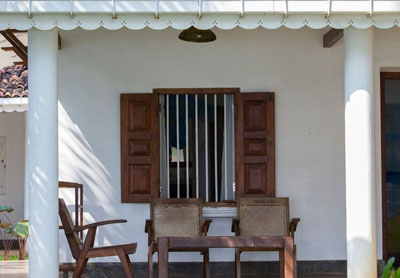THE DIFFERENT TYPES OF BUILDING MATERIALS
 Building materials include any material that is used in the construction process. These can be split between synthetic and natural materials and green materials which are good for the environmental.
Building materials include any material that is used in the construction process. These can be split between synthetic and natural materials and green materials which are good for the environmental.
8 types of building materials
Rock
This is the one material people think of first. It is one of the longest standing building materials in the world and although it is very protective it suffers from being too heavy to carry and is not a very effective in keeping you warm.
Thatch
Thatch has been around since the late medieval times (1350-1600). Each type of hatch will have a different life span: rush; 3-5 years, bracken; 5-10 years, heather; 20-30 years, and reed; 30-50 years.
Brush
Brush is made from plants found in rainforests and is mostly used in tropical and subtropical areas. Mostly, it is used with rocks where gaps between stones are filled with insulation and concrete.
Ice
When you think of ice structures, you think of igloos and inuits. But much larger and detailed buildings can be made out of ice. There are also many ice hotels in Scandinavia.
Earth
Rarely is earth applied by hand anymore but by machines, to make tightly packed walls with mud and planks. In many developing countries earth is still widely used. Remarkably, rammed earth can help a home stay warm in the winter and cool in the summer because soil and clay are good for maintaining a constant temperature.
Cement
Of course, cement needs no introduction, a material that has been used in construction for centuries due to its long lasting nature.
Metal
The structural framework of a building will often have metal parts. Steel is, of course, a metal alloy and commonly used in everything from small buildings to skyscrapers.
Glass
A material that brightens up a building allowing light to enter the inside and in modern buildings they can be solar glass to absorb the energy from the sun.
Green building materials
greenConcrete has ruled the construction materials market for centuries. But what you might not know is that the production of commercial concrete materials releases tons of greenhouses gases into the atmosphere contributing to climate change. Here are five materials that have less impact on the environmental.
HempCrete
The hemp fibers are bound with lime to create concrete similar shapes that are durable and light. HempCrete blocks are lightweight reducing the energy used to transport them, but hemp is also fast-growing and renewable.
Bamboo
In many parts of the world, bamboo is seen as stylish but in Asia, it has long been a core part of construction. Its combination of high tensile strength and renewability make it a growing favourite for green building projects.
Recycled plastic
Modern concrete is being produced using plastics from trash, which reduce emissions and reduce the weight compared to standard concrete.
Myceliummycelium
This one is straight out of a sci-fi movie. Mycelium with the root structure of fungi and mushrooms can be used to grow around a composite of other natural materials like ground up straw, then air-dried to make lightweight and strong bricks. They have even made a house from mushrooms check it out here
Ferrock
This is one that we will be hearing lots about in the future. Ferrock uses recycled materials from the steel industry to concrete a new material that is stronger than concrete and actually absorbs carbon dioxide making it carbon neutral.




